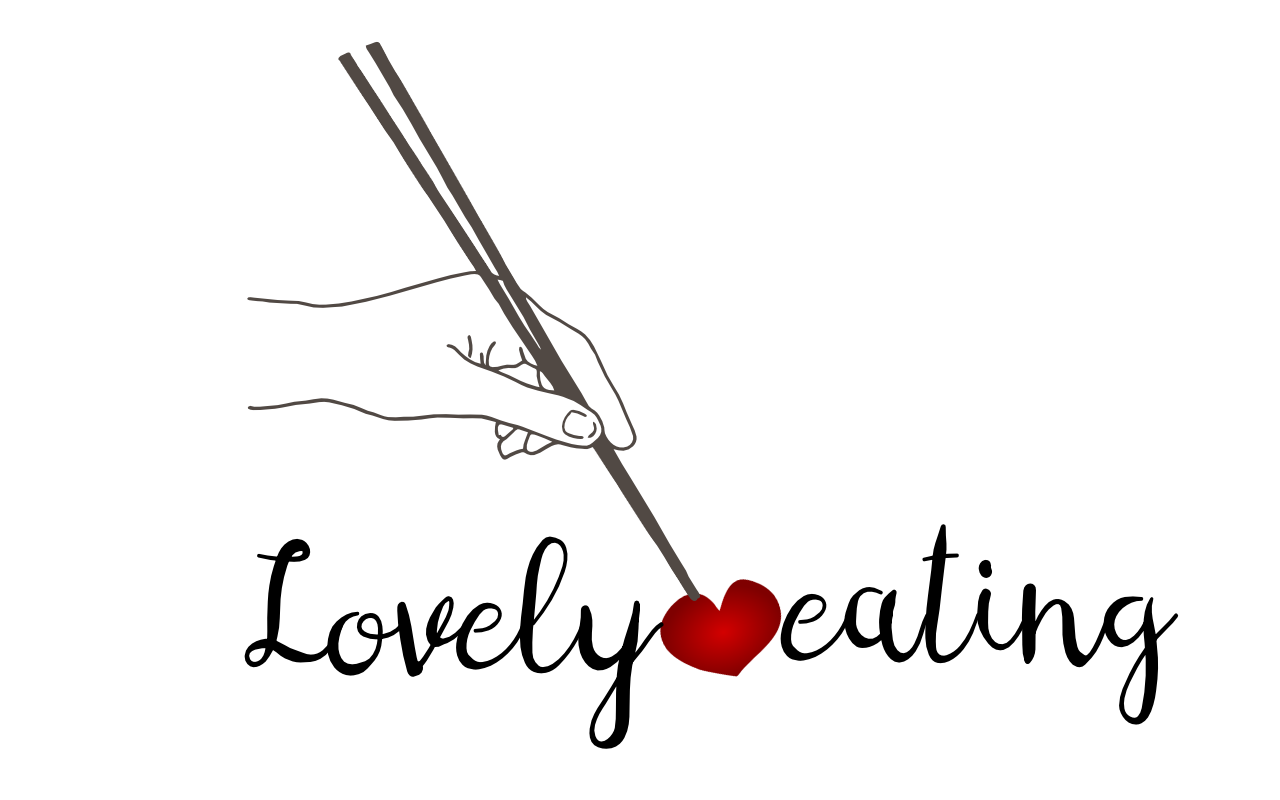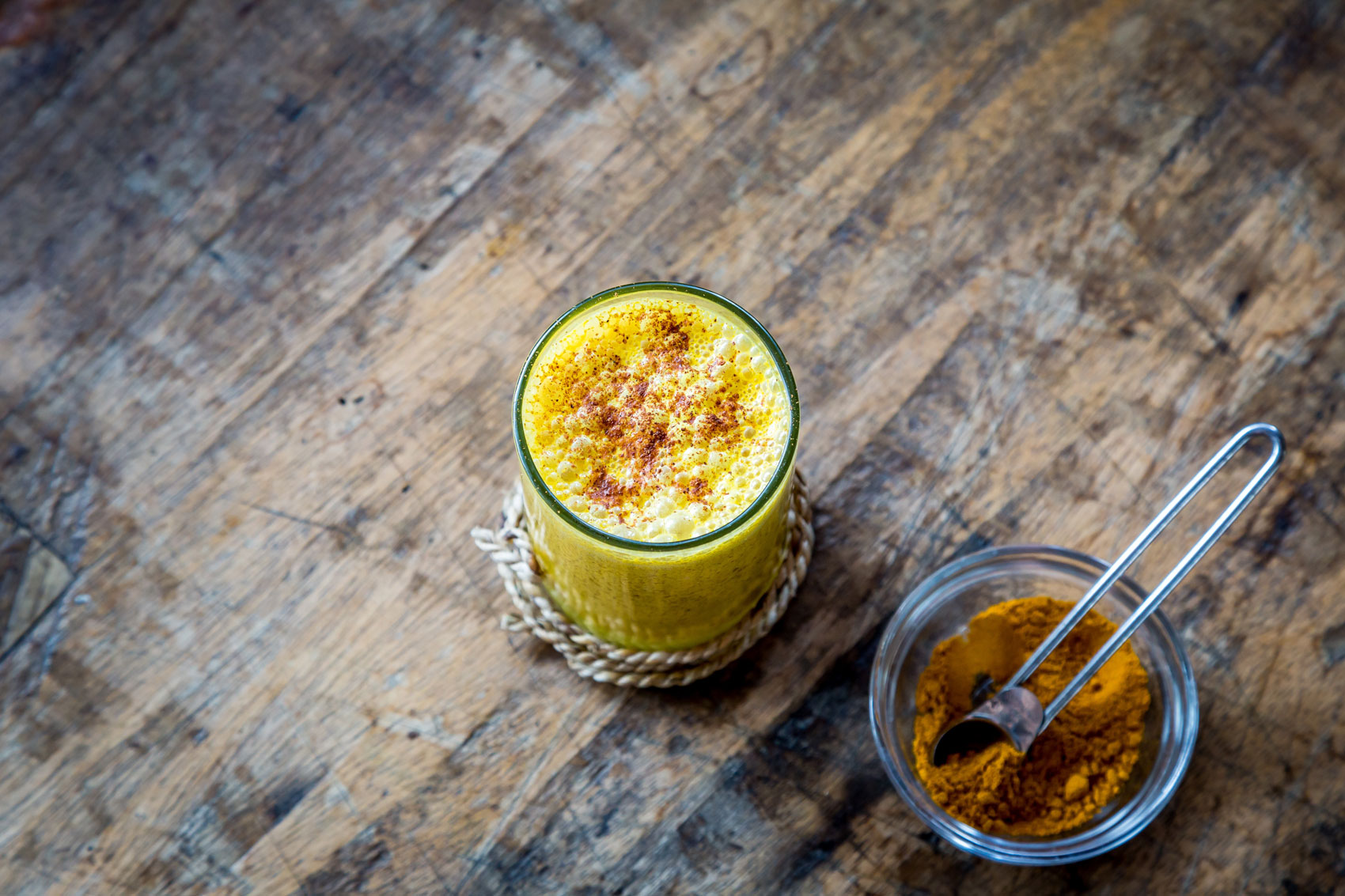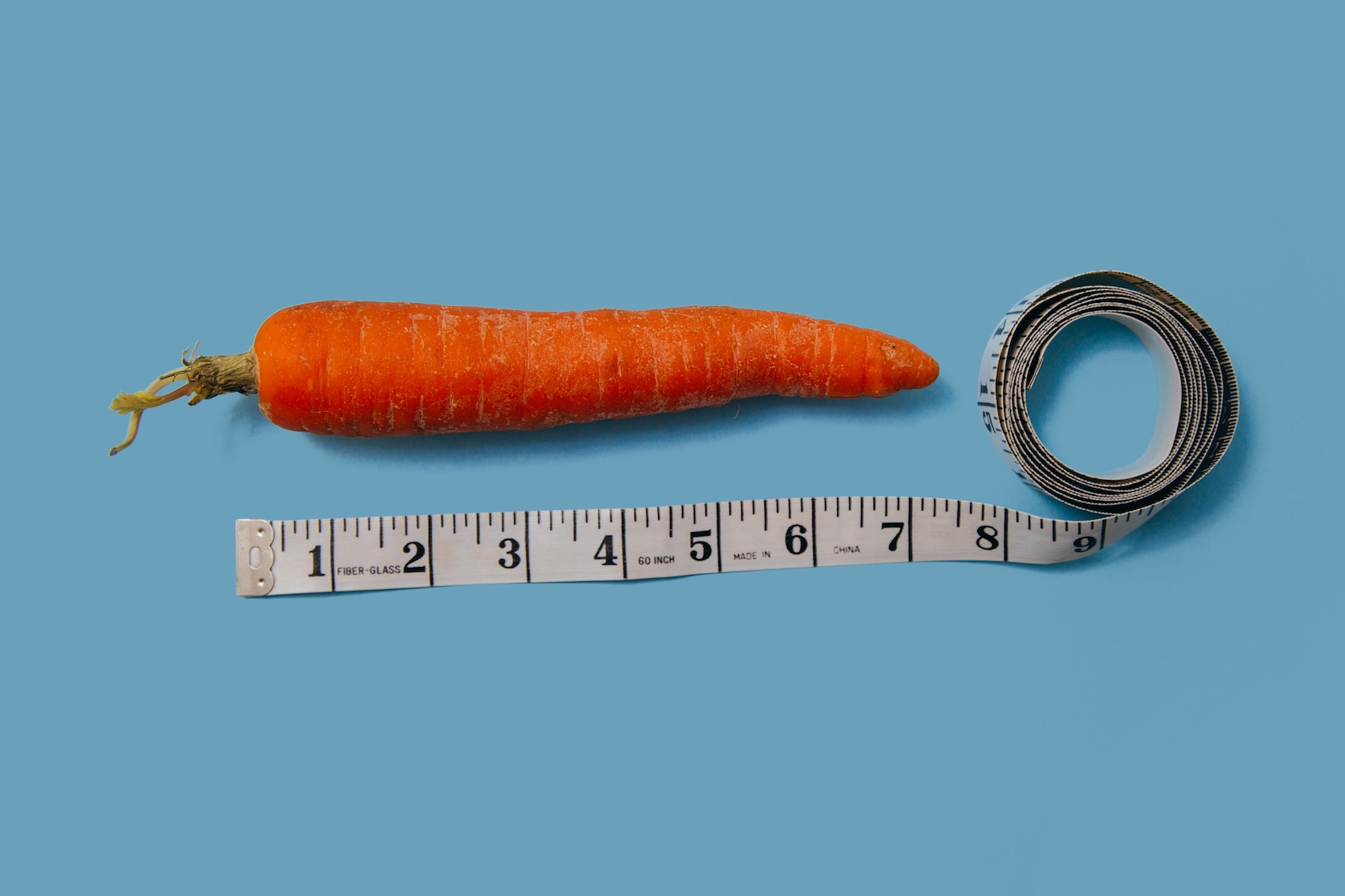Turmeric is one of the most appreciated spices in the world. What is a good curry without the so-called Indian gold?
In recent times, the so-called “golden milk” has become fashionable, proclaiming to everyone who believes that drinking a cup of this potion will prevent all kinds of diseases from cardiovascular, neurological and even cancer . Because of its main ingredient, curcumin, this species is considered almost miraculous. So much so that if you google anti-cancer, foods, turmeric is considered the number one preventative food.
It has also been used for centuries in traditional oriental medicines (particularly Ayurveda and Chinese) to treat a variety of conditions. According to an article in the Ayurveda College some of the uses that have been made for thousands of years in this type of medicine are:
- Turmeric juice for sprains and inflamed joints
- Turmeric infused with milk to treat colds.
- Turmeric paste to treat skin conditions such as itching, eczema, etc.
- Grated turmeric fumes on burning coals were considered good for preventing epileptic seizures.
In addition to this traditional knowledge, turmeric has maintained its reputation as the scientific evidence seems to support it. Several scientific studies and clinical trials have been conducted in recent years with very positive results. For example this study which concluded that turmeric together with a couple of integrated agents stopped the growth of cancer cells both in vitro and in test mice.
There is also an extensive chapter devoted to Indian gold in the book Healing Spices by Dr. Bharat B. Aggarwal who specializes in clinical studies using natural components. One example he cites in the book is a comparative study he conducted at MD Anderson Cancer Centre between turmeric and anti-inflammatory analgesics and cancer treatment drugs. Evaluating the effectiveness in reducing inflammation and cell multiplication, it found curcumin to be more effective than aspirin or ibuprofen and as effective as anti-cancer drugs such as tamoxifen. To my disappointment, however, I found that several of Dr. Agaarwal’s studies have been questioned. The studies he conducted without co-authorship are being investigated as it is feared that the doctor has manipulated some data.
And speaking of this matter my boy asked me What are the statistics on cancer in India? The simple answer is that India does indeed have one of the lowest cancer statistics in the world; according to this map, in India only 72.21 people out of 100,000 dies from cancer, compared to Mongolia where 197.11 die. If only things were so easy… but they are not! One must take into account that India is a country with a huge population and many economic problems and social differences. This makes it very difficult not to question that the data obtained are real. As this Business Insider article mentions, in Syria there are approximately 85 cancer deaths per 100,000 people, and people do not have time to worry about going to the doctor when they are in the middle of a bombing. Or in the case of India there are more urgent issues and fewer resources.
Another of turmeric’s beauties is that the world’s largest producer and exporter, which leads the way, is its country of origin. India produces a total of 80% of the world’s turmeric, and 60% of the world’s exports (turmericworld) (it should be noted that turmeric is widely consumed in the domestic market)
Would you like to make something with turmeric? Here’s a recipe for salmon curry


